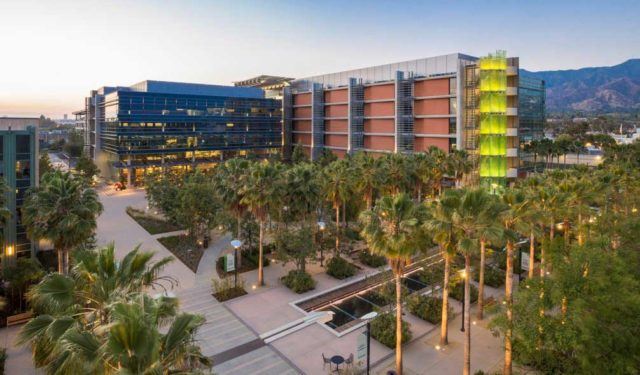Budlong’s mechanical team thinks outside of the box when developing HVAC design. They focus is on creating comfortable and healthy environments for facility occupants that are sustainable and renewable. Our engineers and designers consider the efficient use and distribution of energy while providing the highest level of expertise within the mechanical discipline.
The team’s extensive experience and diverse knowledge base ensures that they can handle even the most complex projects. As a team, they are continuously growing and educating themselves on the most up to date technology, codes and design methods.

We offer a variety of engineering services in mechanical systems as listed:
THE SITUATION:
The existing buildings’ HVAC system consists of natural gas boilers and DX chillers on the roof.
THE PROBLEM:
The owner wanted a new HVAC system that will provide sustainability, energy-efficient, and low maintenance.
THE SOLUTION:
As part of the design, we removed the natural gas boilers and DX chillers on the roof. The new design consists of providing a new dedicated heat recovery chiller that supplies hot water and chilled water for heating and cooling. As part of the system, we offered a heat recovery system that would capture the wasted energy (heat) discharging to the atmosphere. The heat was used to heat water and produce the hot water loop as part of the system. This design approach allowed to remove the gas burning boilers and the flu particulates being discharged to atmosphere and SCAQMD was no longer required due to having 0 ppm. The other benefit was converting from ozone depleting refrigerant to a water-based system.
THE RESULT:
The water-based system is far more sustainable, and 30% more energy efficient. The system has been fully operational for several years and has a fair trend on energy savings.